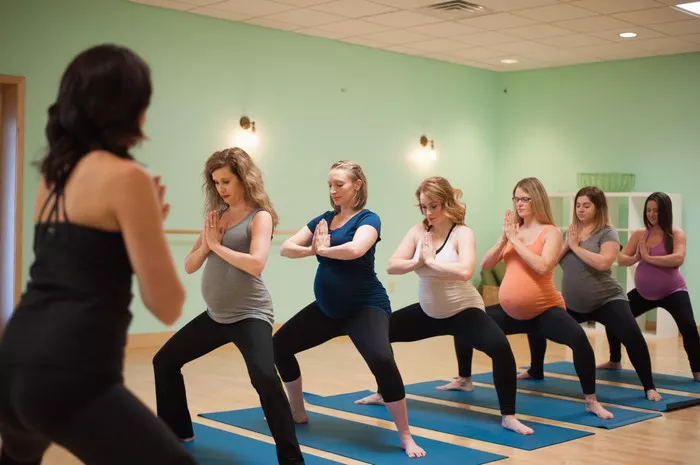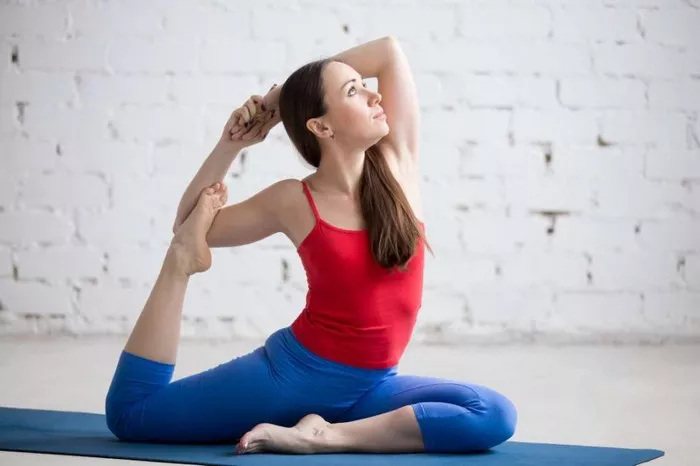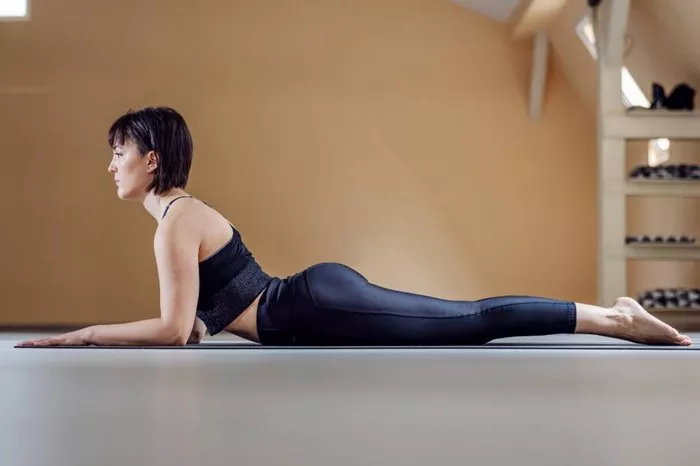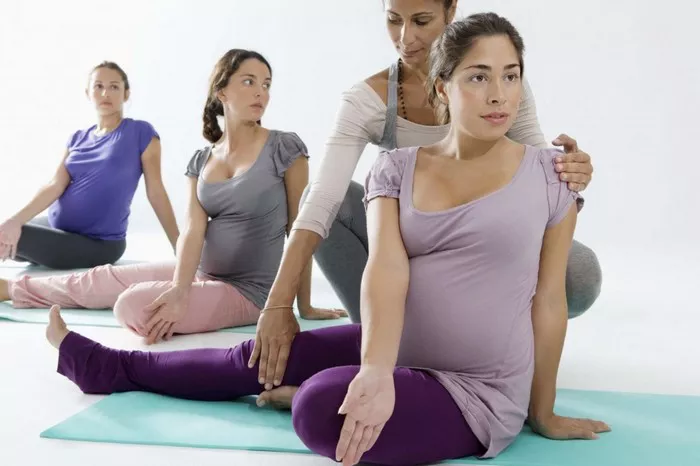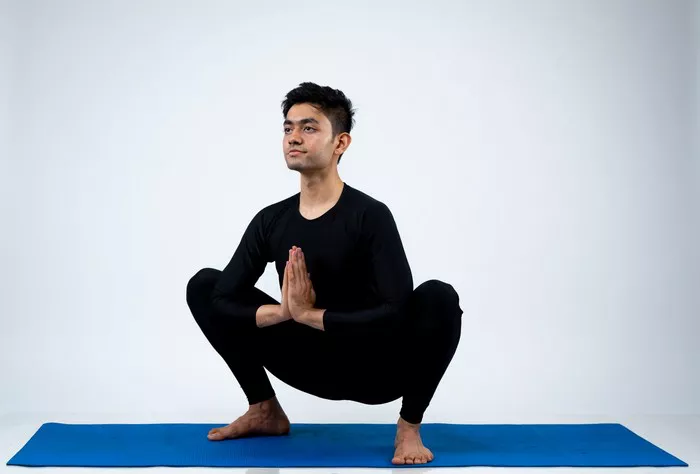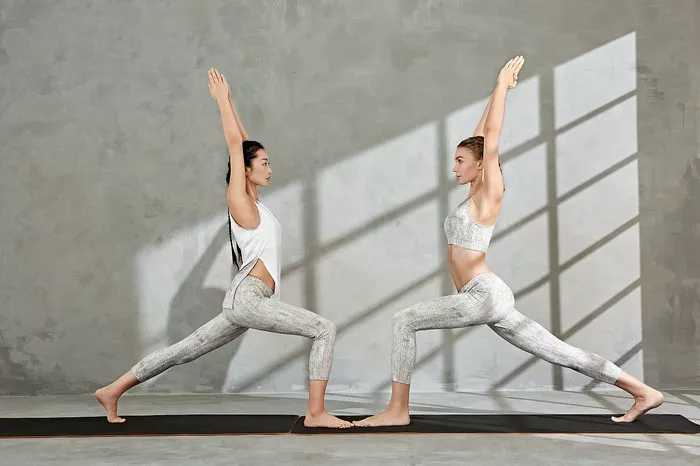Pregnancy is a transformative journey that demands physical and emotional resilience. Prenatal yoga offers a holistic approach to support mothers-to-be in this remarkable phase of their lives. In just 30 minutes, a tailored prenatal yoga routine can nurture the body, calm the mind, and prepare for childbirth. This guide presents a selection of yoga poses specifically designed for expectant mothers, each with its allotted time to create an efficient and effective 30-minute session.
Setting the Stage: Preparing for Your Practice
Before diving into the yoga poses, it’s essential to create a conducive environment for your practice. Find a quiet, comfortable space with ample room to move freely. Gather any props you may need, such as a yoga mat, blocks, bolster, and blankets, to support your practice. Additionally, consult with your healthcare provider before engaging in any physical activity during pregnancy, ensuring that prenatal yoga is safe for you and your baby.
Begin with Centering (2 minutes)
1. Easy Pose (Sukhasana): Sit comfortably on the mat, cross-legged, with a straight spine. Rest your hands on your knees or lap. Close your eyes and take deep, slow breaths, bringing your awareness to the present moment.
2. Breathing Exercises (Pranayama): Practice gentle breathing techniques like Deep Belly Breathing or Alternate Nostril Breathing (Nadi Shodhana) to calm the mind and connect with your breath.
Warm-Up (5 minutes)
1. Cat-Cow Stretch (Marjaryasana-Bitilasana): Come onto your hands and knees, aligning wrists under shoulders and knees under hips. Inhale, arch your back, and lift your head and tailbone (Cow Pose). Exhale, round your spine, and tuck your chin to your chest (Cat Pose). Flow between these two poses, syncing movement with breath.
2. Child’s Pose (Balasana): From tabletop position, sit back on your heels, stretching your arms forward and resting your forehead on the mat. Relax deeply into this nurturing posture, focusing on releasing tension in the lower back and hips.
Standing Poses (10 minutes)
1. Mountain Pose (Tadasana): Stand tall with feet hip-width apart, grounding down through all four corners of your feet. Engage your thighs, lift your chest, and roll your shoulders back. Feel the strength and stability of the mountain.
2. Warrior II (Virabhadrasana II): Step your feet wide apart, extending arms parallel to the floor. Turn your right foot out 90 degrees and bend your right knee, aligning it over your ankle. Gaze over your right fingertips, feeling empowered and grounded.
3. Extended Side Angle Pose (Utthita Parsvakonasana): From Warrior II, lower your right hand to the inside of your right foot and reach your left arm overhead, creating a diagonal line from your left heel to your fingertips. Maintain strength in your legs and openness in your chest.
4. Triangle Pose (Trikonasana): Straighten your right leg in Extended Side Angle Pose, reaching your right hand down to your shin, ankle, or the floor. Extend your left arm toward the sky, elongating the spine and opening the chest.
5. Tree Pose (Vrksasana): Shift your weight onto your left foot and place the sole of your right foot either on your inner left thigh, calf, or ankle. Bring your hands to prayer position at your heart center or extend them overhead like branches of a tree. Find balance and stability in this standing posture.
Seated Poses (5 minutes)
1. Seated Forward Fold (Paschimottanasana): Sit on the mat with legs extended in front of you. Inhale, lengthen your spine, and exhale, hinge at your hips to fold forward over your legs. Keep your spine straight and reach for your shins, ankles, or feet, releasing any tension in the hamstrings and lower back.
2. Bound Angle Pose (Baddha Konasana): Sit with the soles of your feet together, knees open to the sides. Hold your feet or ankles with your hands, lengthening through the spine. If comfortable, gently press your knees toward the floor to deepen the stretch in the hips and groin.
Restorative Poses (5 minutes)
1. Supported Reclining Bound Angle Pose (Supta Baddha Konasana): Lie on your back with knees bent and feet together, allowing your knees to fall open to the sides. Place a bolster or folded blanket under your spine for support, ensuring comfort and relaxation. Close your eyes and surrender to the restorative benefits of this pose.
2. Legs-Up-the-Wall Pose (Viparita Karani): Sit close to a wall and swing your legs up, resting them against the wall with your hips as close as possible. Support your lower back with a bolster or folded blanket if needed. Allow your arms to rest by your sides, palms facing up. Experience gentle inversion to alleviate swelling in the legs and promote relaxation.
Final Relaxation (3 minutes)
Corpse Pose (Savasana): Lie on your back with legs extended and arms by your sides, palms facing up. Close your eyes and surrender to stillness, allowing your body to integrate the benefits of your practice. Focus on releasing any remaining tension and cultivating a sense of deep relaxation.
Conclusion
In just 30 minutes, this prenatal yoga sequence offers a comprehensive approach to support the physical and emotional well-being of expectant mothers. Remember to listen to your body, honor its needs, and modify poses as necessary to ensure a safe and enjoyable practice. Incorporate this routine into your daily schedule to cultivate strength, flexibility, and inner peace as you journey through pregnancy.

